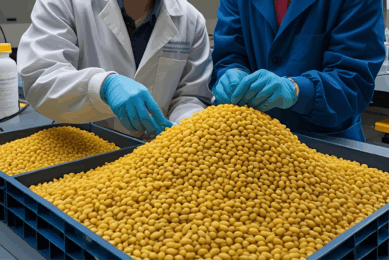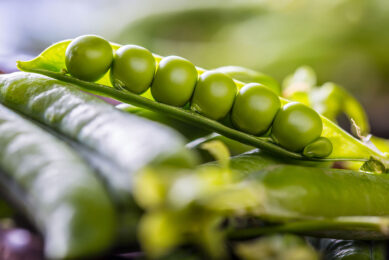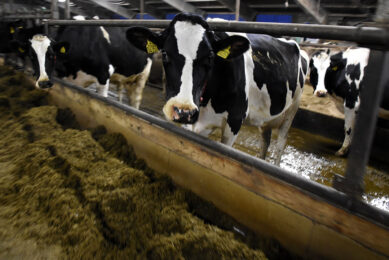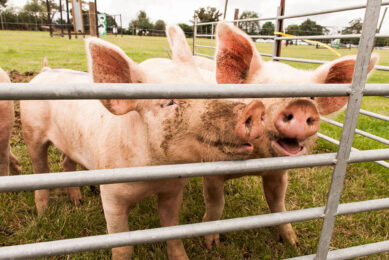Top 5 soybean meal alternatives: 2. Pulses
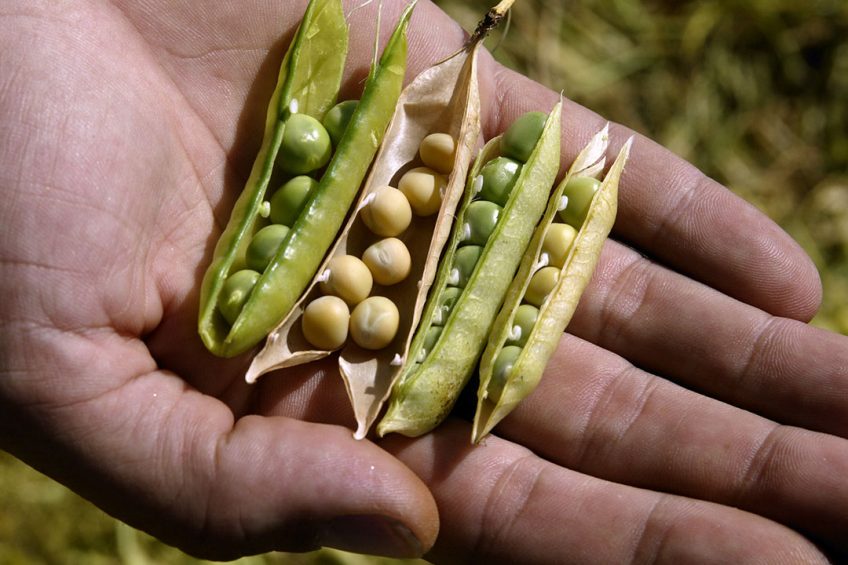
This is the second in the series of the top 5 most-promising soybean meal alternatives which we will share over the next couple of weeks, terms of protein profile, availability, sustainability and more. This week we look at pulses.
Soybean meal (SBM) is an excellent protein source for many livestock species and it is currently the most common protein component in compound feed for pigs, poultry and dairy cattle. However, because the price of SBM fluctuates and can be very high, farmers are actively investigating ingredients that can serve as full or partial replacements.
Pulses (peas and beans)
There are few disadvantages for various types of pulses as a replacement for SBM except that some transportation may be required. Growing demand for plant-based protein products for human consumption means that acreage of high-protein pulse crops such as field peas is increasing. Portions of crops which are not suitable for human consumption have been investigated for over 2 decades as a feed component that could partially or fully replace protein sources such as SMB and other ingredients such as cereal grains in beef, sheep, dairy cattle, pigs and poultry.
Dietary energy source
In addition to protein, cull peas and beans also contain carbohydrates and are therefore a source of dietary energy. Field peas have high digestibility and crude protein levels and are low in fibre.
Palatability
They have been shown to be highly palatable for beef cattle and may be most suitable for use when both palatability and nutrient density are more important, for example in creep feeds and receiving diets.
Nutritional value
Chickpeas are being evaluated for their nutritional value as a feed component for ruminants. Faba beans present an on-farm option for a protein component of cattle feed that can be processed on the farm. They contain little oil and no anti-nutritional enzymes and therefore do not need roasting. Cull edible beans (navy, pinto, kidney, and so on) can be fed to cattle at a level of 10-20% of the ration dry matter, as higher levels may cause diarrhoea. It is recommended that producers adapt cattle slowly to diets containing cull edible beans.




